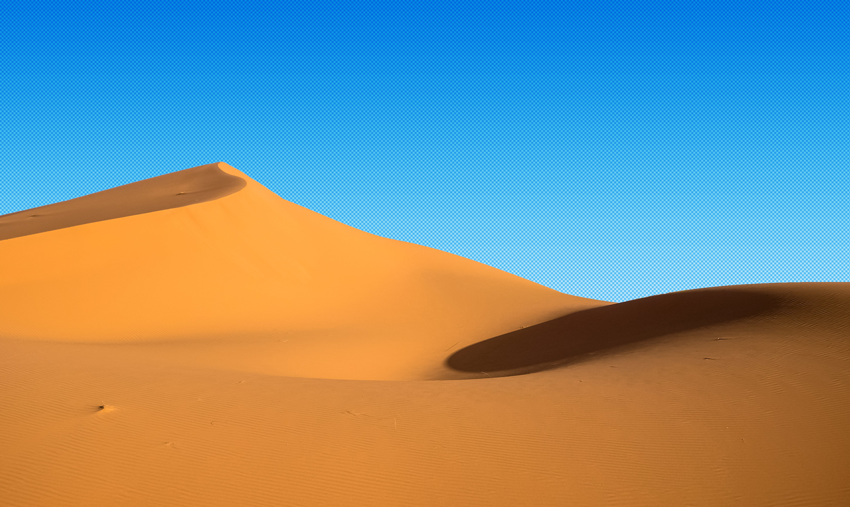It’s a Dry Beat
Recent developments in desert news

Deserts are often portrayed as lifeless, desolate expanses, but in fact they are teeming with lots of interesting wildlife, scientific projects, and intriguing mysteries. We won’t leave you high and dry: we’ve sifted through the sand and rocks to bring you the latest in desert headlines.
Let’s get to our round-up of hot desert news stories!
Very Old Mystery Solved
Recently, researchers solved a 90-year mystery about the origins of “Libyan desert glass”—yellow pieces of eons-old glass found in parts of the Great Sand Sea. Thanks to state-of-the-art transmission electron microscope technology (TEM) and persistent scientists, we finally have the answer: Libyan desert glass originated from the impact of a meteorite on Earth’s surface.
The groundbreaking tech revealed two telling polymorphs. One was cubic zirconia, which can only form between 2,250 and 2,700 Celsius; the other was a rare one called ortho-II or OII, which forms only at 130,000 atmospheres – or 119 times the pressure at the deepest part of the Pacific). So the polymorphs could have formed by an atomic bomb, or by a meteorite impact. And only one of those things existed 29 million years ago.
So, we now have answers to the origins of the yellow glass, but this discovery has now birthed new questions. Where’s the crater from the impact? Could it have been eroded, or was it covered by sand? To answer these questions, they’ll have to call in remote sensing professionals and the geophysicists. Here’s hoping that doesn’t take another 90 years…
Vegas or (Dot-Com) Bust
While sifting through the desert news, we discovered that Google’s first geothermal energy plant, in the Nevada desert, is now up and powering a regional data center with carbon-free electricity (CFE). It’s one step toward Google’s ambitious goal of running all their data centers (currently there are 14) on CFE by 2030.
Accessing geothermal energy requires drilling into rock beds where hot underground reservoirs are located. The drilling creates small pathways and rock fractures to pump cold water into, generating the steam that then produces the CFE. And according to the Department of Energy, these enhanced geothermal systems pose a low risk of water contamination, unlike oil and gas fracking. Pretty frackin’ cool.
Eight Legs to Hold Sting You
We wouldn’t want the job of finding creepy-crawlies in the California desert, but one such person recently discovered a new scorpion species. Named Paruoctonus tulare, or the Tulare Basin scorpion, it was discovered in Fresno County on a “relatively undeveloped” piece of land. The cute little “sit and wait” predators can reach 2.1 inches in length, and have heavily scalloped pincers and smooth yellowish-orange bodies with brown stripes.
Sadly, the Tulane Basin scorpion species faces “a large number of imminent threats to its survival, most of them anthropogenic in nature.” Darn humans! So the next time you see one of these interesting arachnids, leave them be. (They’re not harmful to humans, so there’s that!)
